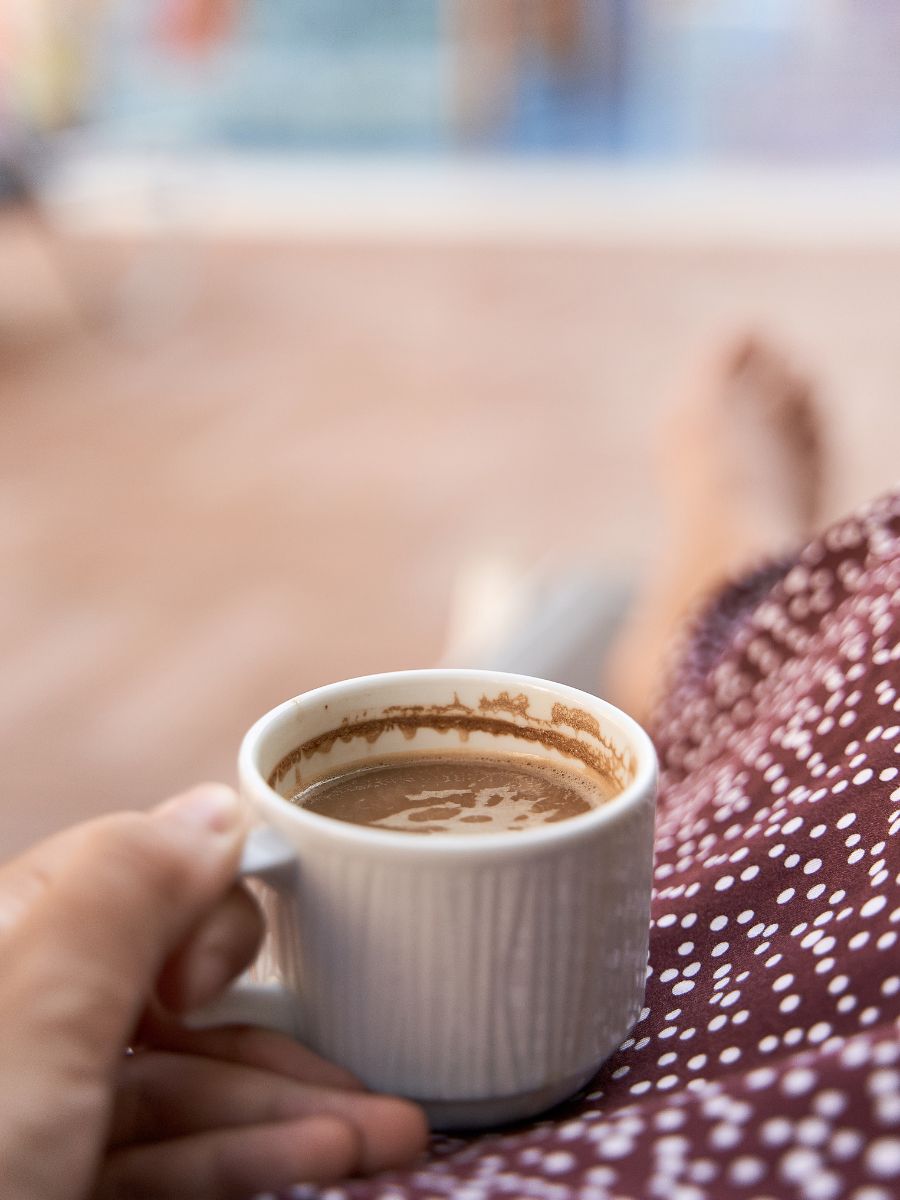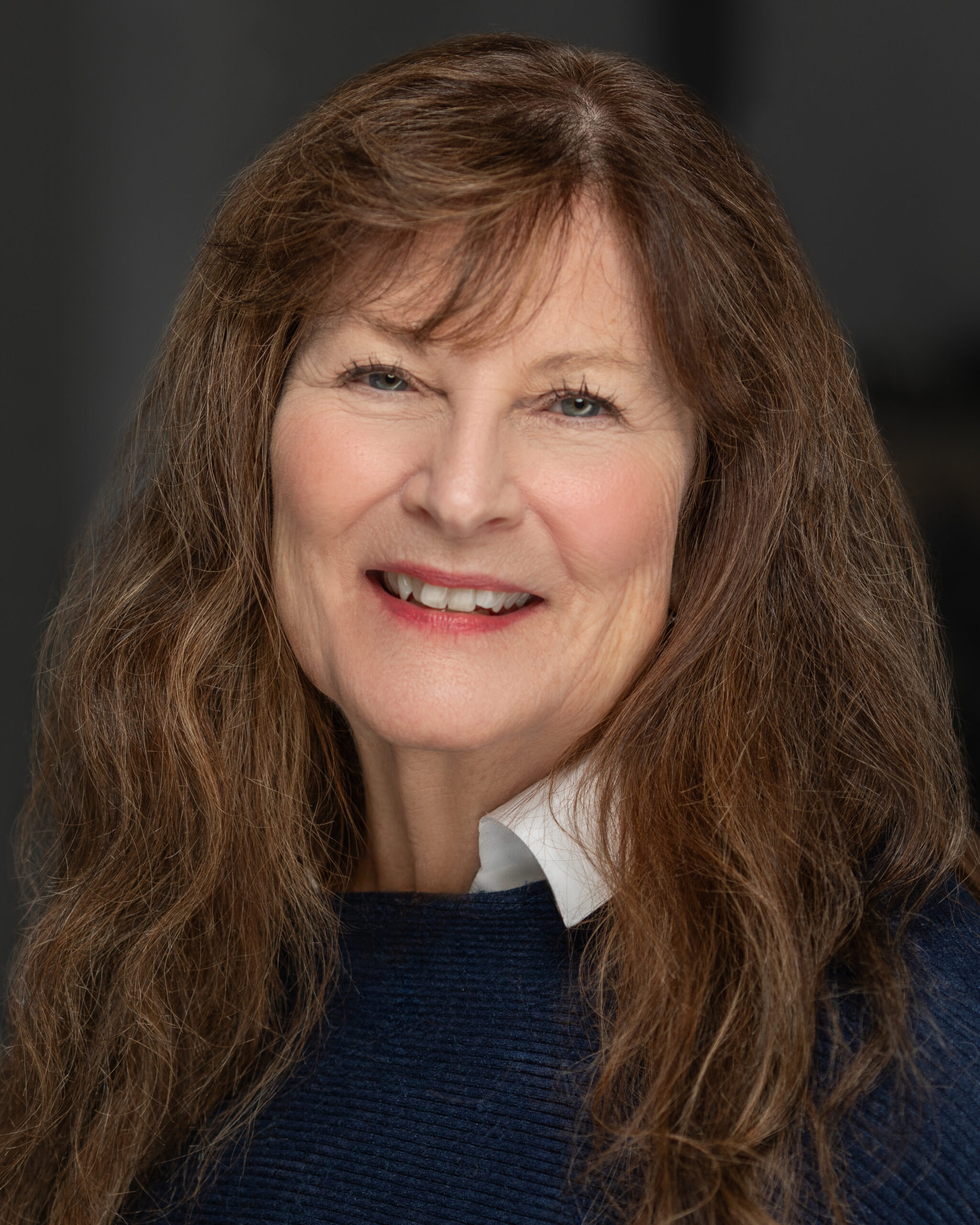What is Slow Living?

SLOW LIVING: Strategies for a Full Life
Busyness! Stuck in fast forward, racing against the clock, and instant gratification have become the cultural expectation. The expectation that we do more and more in less and less time seems to be the accepted standard. Speed has become cultlike in its popularity. But at what cost? A fast approach to life tends to be a superficial one. Though speed is sometimes viewed as sexy, on top of it, and culturally relevant, the realities of this approach have begun to impact us across the board.
On a personal level, speed becomes a form of denial that covers up what is happening internally for you. And though it may be scary to process how you feel about things, it is essential to honoring the process of living. On a professional level, speed contributes to mistakes, poor research, poor preparation, and general incompetence of the final product. This has been noticed by the Ivy League Schools in the nation and Harvard has declared they want to put on the brakes to this approach and return to giving education the time it takes to understand and develop ideas with depth and precision.
And let’s look deeper at “busyness”. Busyness is not directly correlated to productivity or importance, nor is it correlated with “better”. It’s like when we discovered that more is not always better. Busy does not always mean productive, creative, or that you are focused on your priorities. Busy lives and full lives can be very different.
WHAT IS SLOW LIVING
Slow living is a lifestyle choice to be more creative and productive by slowing down. It is conscious, intentional decisions and actions focused on connection with yourself, those around you, and the world. Slow living is not simple living. Simple living is about less material things and reducing consumption; slow living, however, is about time and how to make the most of it in a way that reduces stress and creates feelings of peace and depth of experience.
Slow living provides opportunities to prioritize issues of importance while embracing and setting the pace of how things get done. Not everything in life is an emergency! In fact, as therapists we often have conversations about how there are few actual emergencies in life and most events can be addressed in real-time vs. immediately. It’s a more natural way of living that fosters healthy living, doing things well vs. as fast as possible.
The slow-living mindset promotes balance, ease, sanity, lower stress, and typically better outcomes. Slow living is structuring your life around meaning and fulfillment. It is a curious mix of being prepared and preparing to let go. Slow living makes it possible for us to design our lives intentionally, deciding who when, and where we choose to give the gift of our time.
BEGINNING STRATEGIES FOR SLOW LIVING
- Understand busyness and that it is a choice.
- Identify your values and set your priorities based on your values (which means eliminating any activities that don’t reflect your values).
- Refuse to overbook your schedule (this was one of the single most effective strategies I started with and I experienced almost instant relief because I also had enough time in between activities as well as time for the activity).
- Schedule routine activities as your starting point (if you schedule these first you can see what time you have left for everything else).
- Give more time to single activities (factor in how much time the activity will take and then add extra time for any unforeseen issues that may arise).
- Immerse yourself intentionally in the environment (notice the seasons changing, listen to the wind in the trees, notice the birds, squirrels, and wildlife in your area, watch sunrises and sunsets).
- Make your circle of people smaller (surround yourself with good people who care about you.
- Eliminate participation in any activity you deem unnecessary (if you are attending activities that have no importance in your life for appearances, you will find yourself stressed and exhausted by them. Channel your focus and dedication into events that give you positive benefits).
CONCLUSION
There is a slow-living movement going on right now. Frantic living is taking its toll on our health and our psyche, reducing our quality of life and inhibiting our creativity. There are books, TED talks, and numerous blog resources to look into for learning about slow living. The important factor is to start slow (no pun intended) with a strategy that you can make happen immediately. For me, it was “Do not overbook your schedule”. I was pleasantly surprised when I began making sure I had enough time for each activity and found that no one else cared as long as I communicated clearly. Everyone seems to understand how important it is to manage the schedule these days and not let it manage you.
My life became so much more peaceful. I was on time, and present, and could take away key points when I gave myself enough time. No more feeling frazzled with no time to transition from one thing to the next in my days. And remember, slow living is not about returning to the past. Slow living is about adapting to the present with strategies that serve balance, health, well-being, productivity, and depth of experience. This mindset and choice will no doubt improve life in a relevant way and not leave us “just stuck in the past”. For me, it’s a no-brainer. And I want to spread the word! It is a choice we can all make for our well-being and the bonus is we will be contributing to cultural expectations being refined to something more balanced for all of us.

Bethany Keith
